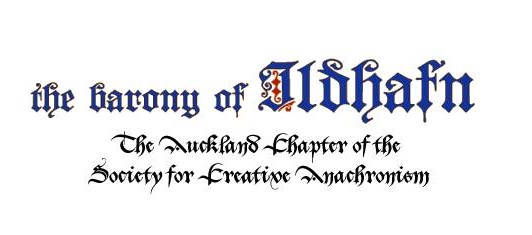Date:
Late 16th century (likely composed around 1590)
Description:
The “Earl of Essex Measure” is a stately, elegant English court dance from the late Renaissance period. This piece was likely composed in honour of Robert Devereux, the 2nd Earl of Essex, a prominent figure in the Elizabethan court. As a “measure,” it is a slower, more graceful dance compared to faster forms like the galliard.
Discussion:
The “Earl of Essex Measure” is a fine example of Elizabethan courtly dance music, designed for a slow and stately dance often performed in the noble courts of England. While the authorship of the piece is uncertain, it remains an important part of the early English dance tradition. The music is characterised by its simple, yet expressive structure, making it ideal for performance on keyboard instruments such as the virginal or harpsichord, as well as for small instrumental ensembles. The piece may also be performed on stringed instruments such as the lute or viol.
Composer:
Anonymous (no confirmed composer)
Arranged by:
- Originally for keyboard (harpsichord, virginal) or consort (viol, lute)
- Modern arrangements for:
- Small instrumental ensemble (e.g., viol consort, recorder quartet)
- Organ or harpsichord solo
The arrangement we use is by Joseph Casazza
Sheet Music:
Available via CPDL, IMSLP, and in early music collections that feature Renaissance dance music.
The arrangement we use is available here as a pdf or musescore file.
Parts:
- Keyboard (original)
- Viol or recorder consort
- Small instrumental ensembles
Type:
Renaissance Court Dance / Measure
Language:
Instrumental (no lyrics)
Ranges:
(For keyboard version)
- Range: C3 – C6
(For viols or recorders) - Violin: G3 – A5
- Cello: C3 – D4
- SATB (for vocal consort arrangements):
- Soprano: C4 – A5
- Alto: G3 – E5
- Tenor: C3 – G4
- Bass: F2 – D4
Advice for beginners:
This dance is slower and less complex than a galliard, making it a good entry point for beginner instrumentalists and singers. It’s ideal for practising balance and phrasing within a consort setting. Focus on smooth, legato playing and proper articulation to reflect the graceful, courtly character of the dance. In a group, ensure that the tempo remains steady and that each voice or instrument plays in harmony with the overall style.
Sound Files:
Here are some sound files for reference. All parts, 1st line, 2nd line, 3rd line, 4th line
